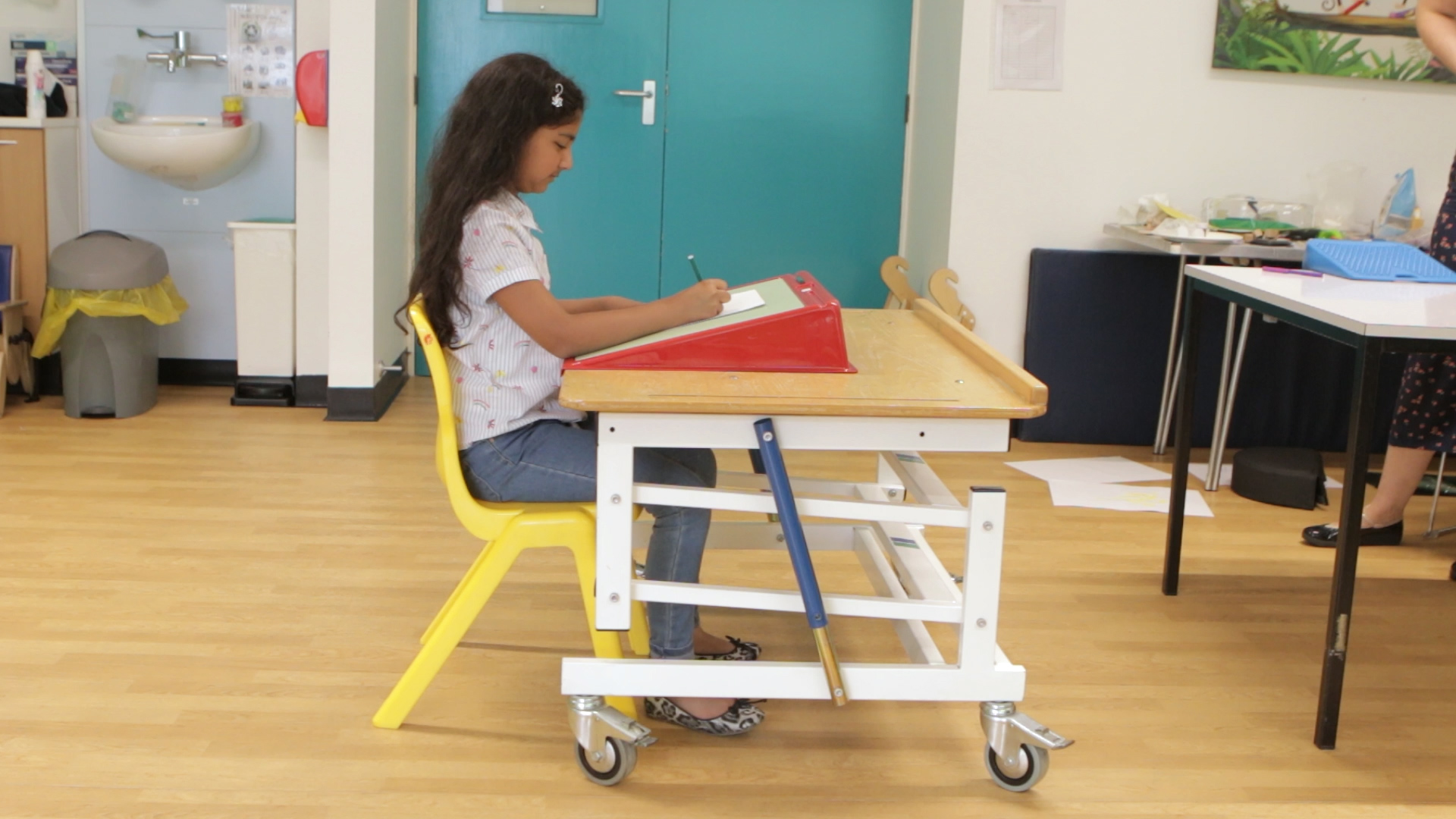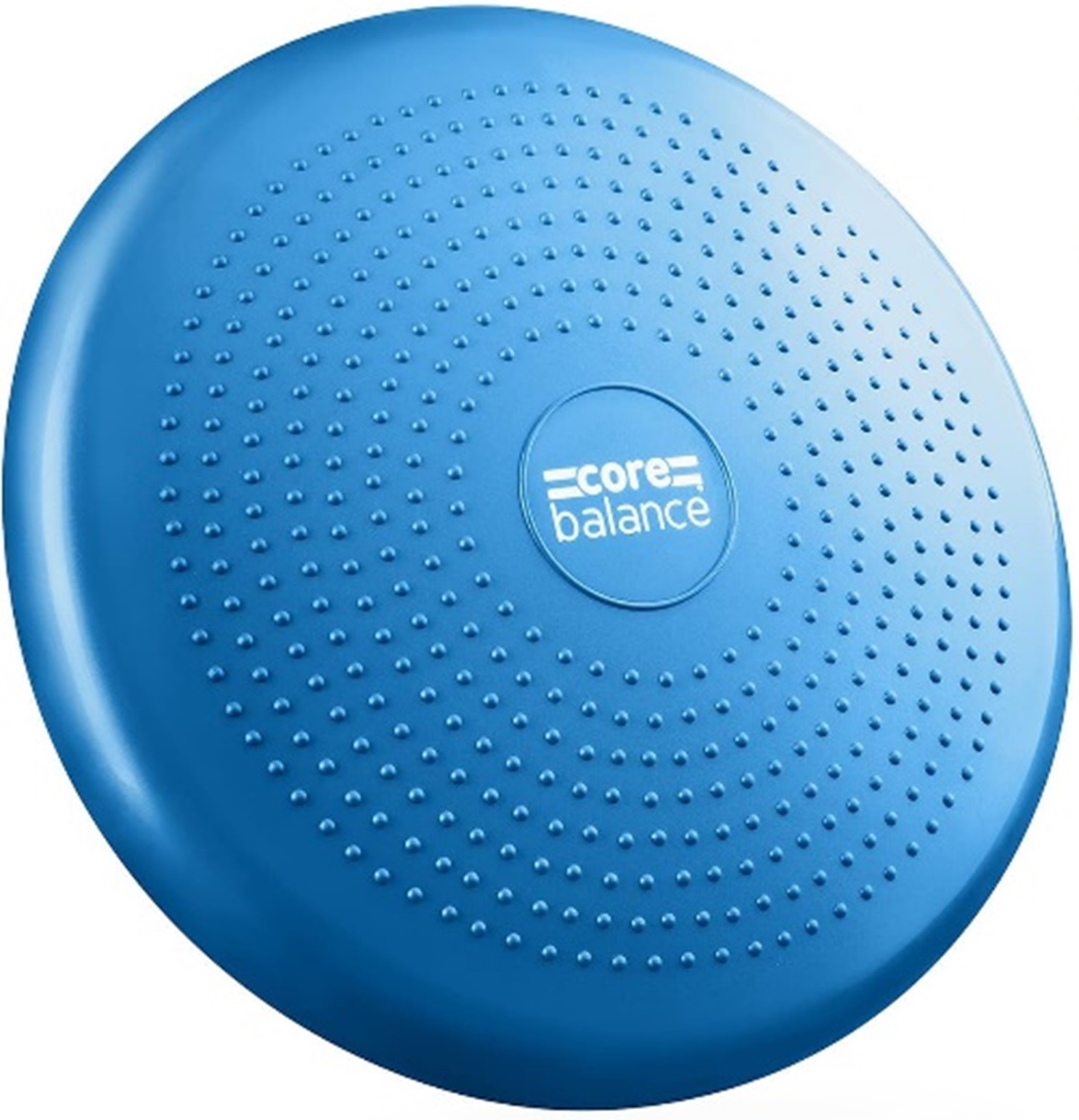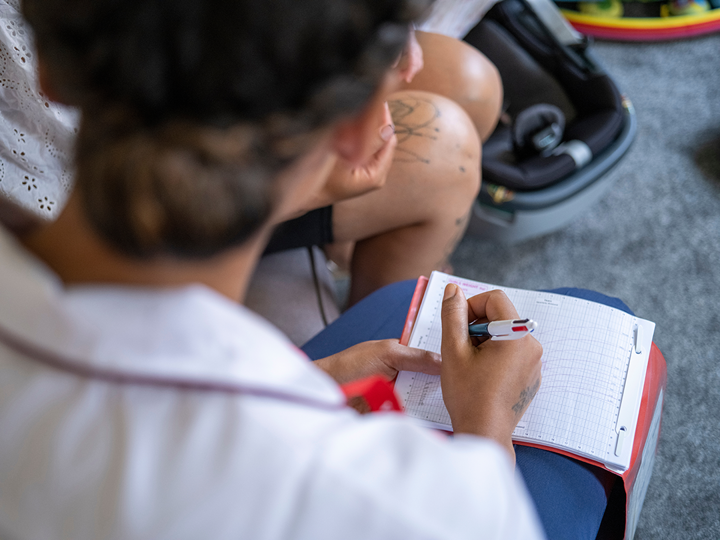Sitting position and posture
- Moving and being active
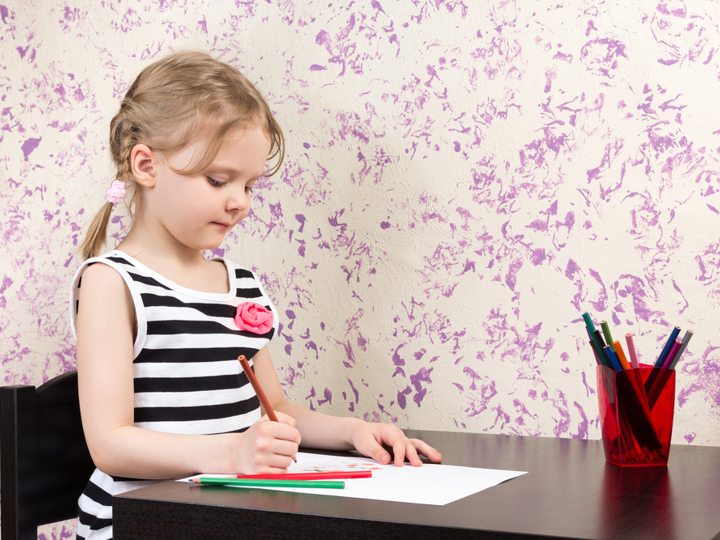
Having the right chair and table set up can help your child:
- feel more comfortable when sitting
- reduce muscle stiffness and back pain
- focus on tasks and maintain their attention
- improve their performance when doing tasks like handwriting
What children who find sitting difficult may look like
Some children and young people can find sitting difficult. This may look like:
- slumping when sitting
- leaning on the table or other surfaces for support
- fidgeting or adjusting their position regularly to find a comfortable position
- kneeling on the chair or sit on their feet
- wrapping their feet around the legs of the chair
- perching on the front of the chair
- falling off chairs
These difficulties can make it harder to focus at mealtimes or doing table-based activities. It can also be challenging for the parent, carers and educational professionals. You can encourage movement breaks before, during and after sitting down by asking them to set the table, clear things away or letting them get up to get a drink.
Child's posture in standard seating video
Find out why posture is important, what skills we need to sit, what good posture looks like, how to identify a good chair for your child and how to adapt a chair for your child.
Sitting position at a table
Your child should sit with their hips, knees and ankles all bent at 90 degrees. This is also known as 90/90/90. The table should be at a comfortable height. It should be slightly above their elbows when their arm is resting on the table.
If your child is not seated correctly when eating, they may have more difficulty with swallowing which could lead to choking. Mealtimes can be exhausting for your child if they are not in a supportive sitting position. This is because their body is having to work harder on balancing while they eat. They may try to avoid eating meals or end mealtime sooner than they would have.
Things to consider:
- Their back should be straight, resting on the back of the chair.
- Their hips should be in a straight line with their back and should be against the back of the chair.
- Their legs should be at a right angle to their back.
- Their knees and ankles should be bent at right angles.
- Their feet should be firmly supported on the floor, a box or a step.
- Their food or activity should be at an easy to reach distance. If they are using a laptop, the screen should be at eye level.
- They should be looking ahead and their head should not be titled back or down.
- They should not be leaning forwards too much.
- Some children may have a increased range of movement. They can get uncomfortable when they are trying to maintain a static posture for a period of time. They will need opportunities to move and stretch.
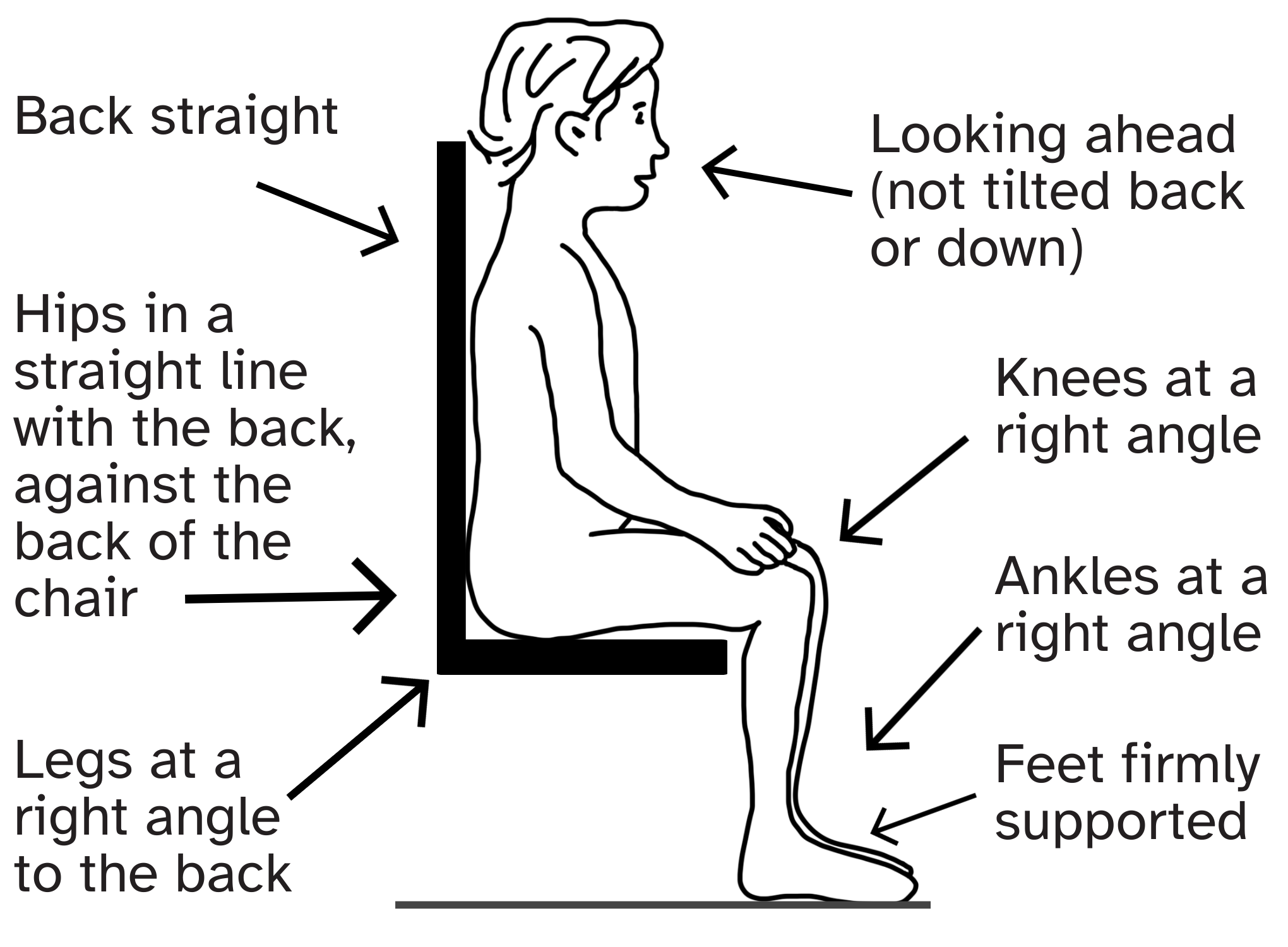
Equipment to help with positioning at the table

Specialist seating
Some children will need additional support for their posture that is not met by a standard classroom chair. There are a variety of different postural seats available based on your child's needs. This will need to be assessed and discussed by your occupational therapist.
Last reviewed: 1 November, 2024

